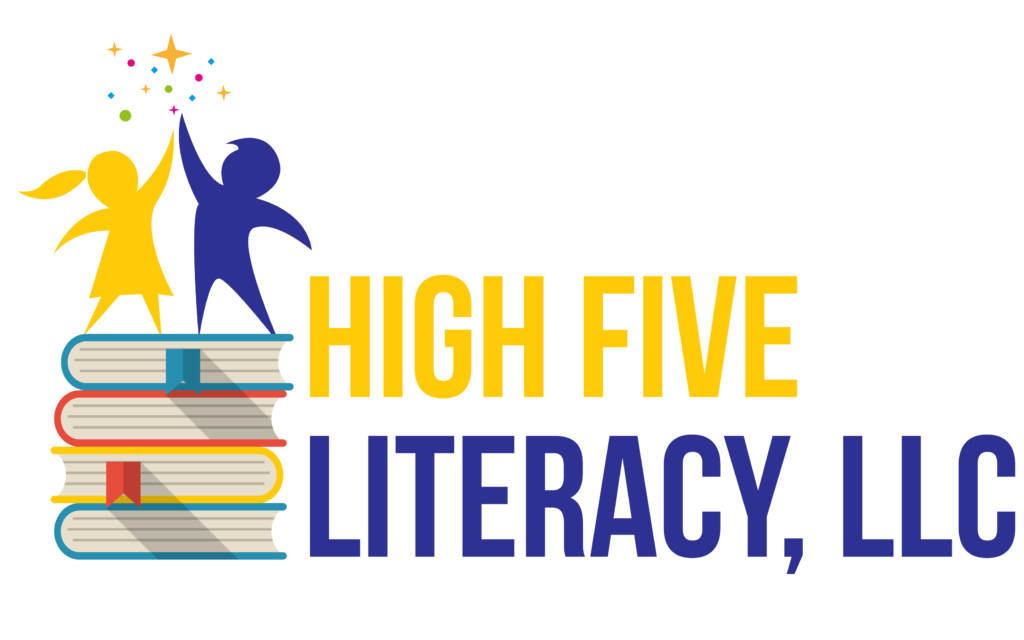 Penmanship, a (w)rite of passage, used to be part of the school curriculum. Third grade was traditionally the year when children began transitioning from manuscript to cursive writing. Over time, the practice of teaching handwriting began to fade as typing on the computer became more important across classrooms. With this change, fewer children were able to recognize words in documents written in cursive, and far fewer could even sign their names. As stated in a recent Newsday, Long Island article, “Cursive Makes a Comeback,” New York City Schools are returning to cursive writing instruction. Some would argue that this is not necessary, and cursive writing does not need to be taught anymore, as the school day is already overloaded with many requirements and demands. Why ask teachers to do more and squeeze something else into a jam-packed day?
Penmanship, a (w)rite of passage, used to be part of the school curriculum. Third grade was traditionally the year when children began transitioning from manuscript to cursive writing. Over time, the practice of teaching handwriting began to fade as typing on the computer became more important across classrooms. With this change, fewer children were able to recognize words in documents written in cursive, and far fewer could even sign their names. As stated in a recent Newsday, Long Island article, “Cursive Makes a Comeback,” New York City Schools are returning to cursive writing instruction. Some would argue that this is not necessary, and cursive writing does not need to be taught anymore, as the school day is already overloaded with many requirements and demands. Why ask teachers to do more and squeeze something else into a jam-packed day?
As noted in the article, cursive writing is a faster way of taking notes. Without picking up the pen between letters, it is easier to keep pace with the teacher. In addition, learning how to write in cursive helps one read handwritten notes from elders who still use script as their primary way to communicate in writing. An important point that was not mentioned in the article is how learning cursive can help children who have a tendency to reverse letters such as b/d and p/q. Since these letters are visually similar, young children and older struggling students frequently get confused. Many of these students have poor visual recall for the letter images and will read and spell incorrectly as a result of these reversals. As children continue to write their letters incorrectly, the errors are being practiced and become ingrained through visual-motor memory, and these poor habits become harder to break.
Learning to write in cursive can actually break the letter reversal habit in reading and writing. The letters “b” and “d” clearly have different starting points when they are formed; the “b” begins like the letter “l” and loops high up from the bottom. The “d” begins like a “c” before reaching the top and coming back down. In manuscript, I have seen children begin these letters from the same starting point, and be unsure which way to curve the bottom. The same is true for “p” and “q”. Without a connection to other letters, they begin writing these letters with a line that drops down, and then they don’t know what to do. Cursive writing can correct these visual-motor associations by properly reinforcing letter recognition through proper letter formation. Letters cannot connect to each other in cursive if formed incorrectly.
I think if people understood the benefits of penmanship, particularly cursive writing, it never would have been removed from the school day. My hope is that all children will receive handwriting instruction as schools recognize the benefits of visual-motor integration as training for the brain.
Faith Borkowsky, Owner and Lead Educational Consultant of High Five Literacy and Academic Coaching, is a Certified Wilson Dyslexia Practitioner, is Orton-Gillingham trained, and has extensive training and experience in a number of other research-based, peer-reviewed programs that have produced positive gains for students with dyslexia, auditory processing disorder, ADD/ADHD, and a host of learning difficulties. Her book, Reading Intervention Behind School Walls: Why Your Child Continues to Struggle, is available on Amazon http://www.amazon.com/dp/1543060781

2 Comments. Leave new
I would like to thank you for the efforts you have put in writing this site. I really hope to see the same high-grade blog posts by you later on as well. In fact, your creative writing abilities has inspired me to get my own, personal site now 😉
Having read this I thought it was very enlightening. I appreciate you taking the time and energy to put this short article together. I once again find myself spending way too much time both reading and leaving comments. But so what, it was still worthwhile!